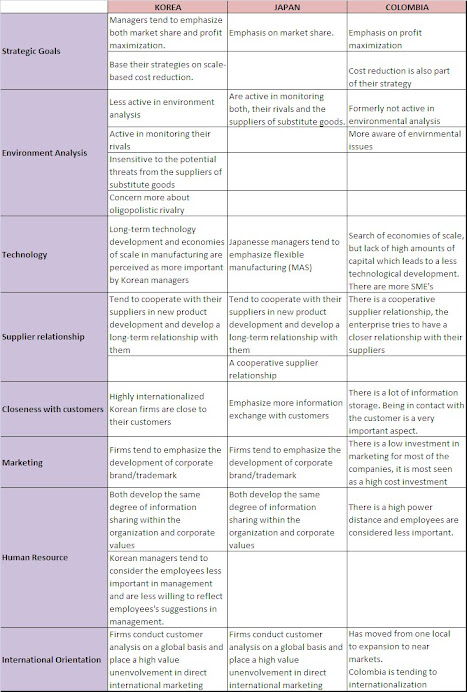Main argument: Since the very beginning of history, Canada was not recognized as a country of immigrants, but, as read in the document, the immigration process will be, as always, an important practice to follow the economical booms of each historical period.
1. In the 1890’s, all the sectors of the Canadian economy began to grow up, so they had the need to import people. One of the highest rates of migration to Canada was because they demanded people to work in the new farms and in the new factories.
2. In the 1960’s the need was for people that were able to fulfill the demand of the new era: urban, post-industrial and service sector economy. Later on, Canada became the country with the highest rate of legal immigration per capita.
3.Nowadays, there is this huge trend of “drain brains” to the US. Canada once again has to take into account the recruitment of skilled people that fulfill the outflow of talent from the country.
My Impression:
I lived in CANADA for six months and I met a lot of Colombian immigrants that were living in Toronto. They had better opportunities in Canada compared with countries like the United States or England. They could study, work and get the residence easier than in other states. I also travelled around Canada and I met not only Colombians but also Asians that were doing their studies there and searching for better job opportunities. This is a good case because Canada can “adopt” some Asians (especially from the huge population of China) in order to fulfill their drain brains and give them excellent benefits so they can set roots and contribute with the Canadian economy, as seen in the Canadian history.


No hay comentarios:
Publicar un comentario